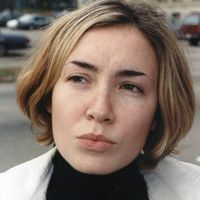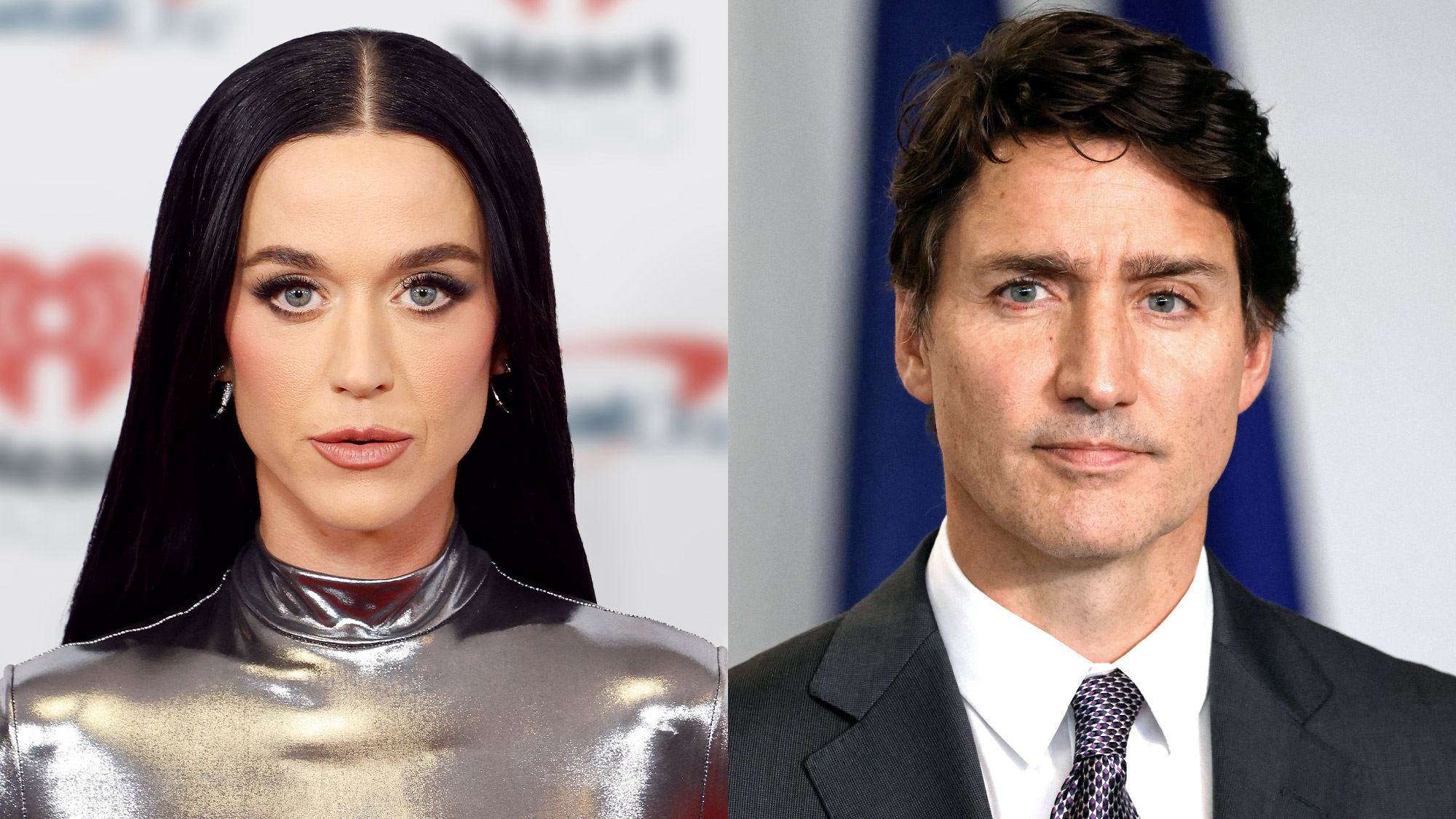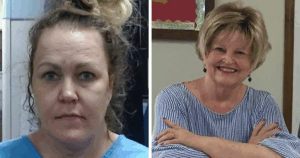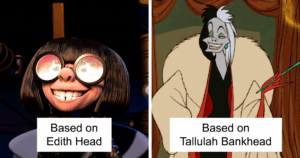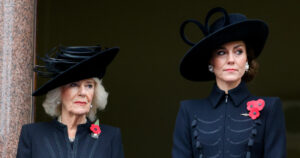The Bold ‘Star Trek’ Kiss That Nearly Got Censored and Changed TV Forever
Imagine being told not to kiss your co-star because the network executives are worried about viewers in the South throwing a fit — all while filming a sci-fi show set in a utopian 23rd century where equality supposedly reigns supreme. That’s exactly what happened on the set of Star Trek in the late 1960s when William Shatner’s Captain Kirk was scripted to kiss Nichelle Nichols’s Lieutenant Uhura. Shatner called it “absolutely ludicrous,” and honestly, who could blame him? This wasn’t just about a kiss; it was a flashpoint in television history that challenged social norms and boldly pushed boundaries when it came to race and representation. But was this really TV’s first interracial kiss? And how did this moment stay on screen despite the network’s heavy reservations? Buckle up, because this tale is full of surprising twists— not unlike any good Star Trek episode.
“This is absolutely ludicrous,” William Shatner yelled. On the set of Star Trek, the late-1960s science-fiction adventure series brimming with aliens and strange terrain, such an assessment from an actor would not necessarily be out of place, particularly on a budget-conscious production. But Shatner’s heightened reaction was not the result of an implausible plot or a rubber costume. It was because NBC television executives were upset the script for that day’s shooting called for Shatner’s Captain James T. Kirk to kiss Nichelle Nichols’s Lieutenant Nyota Uhura.
The problem was not the kiss itself, which was acceptable even by the conservative TV practices of the era. It was because Kirk was a white man while Uhura was a Black woman. This, NBC insisted, would cause too much controversy, particularly in the South.
Shatner was unpersuaded by such reasoning. “Let’s just shoot the whole thing, and to hell with the South,” he said. Nichols, too, was furious.
Star Trek, in its third season, was used to pushing the limitations of network television. But a kiss was apparently a bridge too far.
Where a Few Shows Have Gone Before
The scene between Kirk and Uhura is sometimes credited as being television’s first interracial kiss, but that doesn’t stand up to scrutiny. In 2019, the media blog Fake History Hunter excavated a 1955 British television broadcast of Othello, in which Black actor Gordon Heath shares several kisses with white actress Rosemary Harris (better known to contemporary audiences as Aunt May in the Sam Raimi Spider-Man films). But interracial can mean “any two races,” and so Shatner himself might have made history in the States back in 1958, when he kissed French Asian actress France Nuyen while performing a scene from the Broadway play The World of Suzie Wong on The Ed Sullivan Show. A year later, Lloyd Bridges kissed Asian actress Nobu McCarthy on an episode of the adventure show Sea Hunt.
If one accepts a kiss need not be directly on the lips, then Star Trek got ahead of itself in an episode where George Takei’s Lieutenant Hikaru Sulu kisses Uhura on the neck, and another where Uhura and Nurse Christine Chapel (Majel Barrett) give each other a friendly kiss goodbye. Sammy Davis Jr. giving Joan Crawford and Nancy Sinatra a peck on the cheek during variety shows in 1965 and 1967, respectively, would also count. If the Trek kiss was the first of anything, it’s reasonable to call it the first mouth-to-mouth Black/white interracial kiss on an American primetime drama series—or the first interracial kiss in space.
In creator Gene Roddenberry’s vision of the 23rd century, racism and prejudice had largely been eradicated from Earth. Conflict came not from within, but from the Enterprise mission of seeking out new and potentially less enlightened beings. While viewers may not have been accustomed to interracial couplings on TV or in real life—the Supreme Court had only just struck down a ban on interracial marriage in 1967—it’s reasonable to infer it was a non-issue in Roddenberry’s sci-fi world.
Like its 1960s contemporary The Twilight Zone, Star Trek was also a place for allegory, where science-fiction could pointedly address social issues that television might have otherwise found too incendiary for viewers or advertisers.
On its surface, the episode “Plato’s Stepchildren” wasn’t overly topical. Kirk and his crew touch down on a planet inhabited by a race of telekinetic humans originally from Earth and who call themselves Platonians after the famous philosopher. Bored with their own intellectual prowess and near-immortality, they indulge in malicious games where they force others to behave against their will. The cast is subjugated with humiliating behaviors and nonconsensual physical touching before regaining their autonomy. This meant the crew would be forced into awkward physical encounters: Kirk and Uhura, who otherwise had a strictly professional relationship, were compelled to embrace each other.
Nichelle Nichols, who was then one of the few Black actresses co-starring on a network television show, recalled that the script’s kiss between Kirk and Uhura didn’t immediately stand out. She thought the objective of the scene was how two capable people could cope with being out of control.


